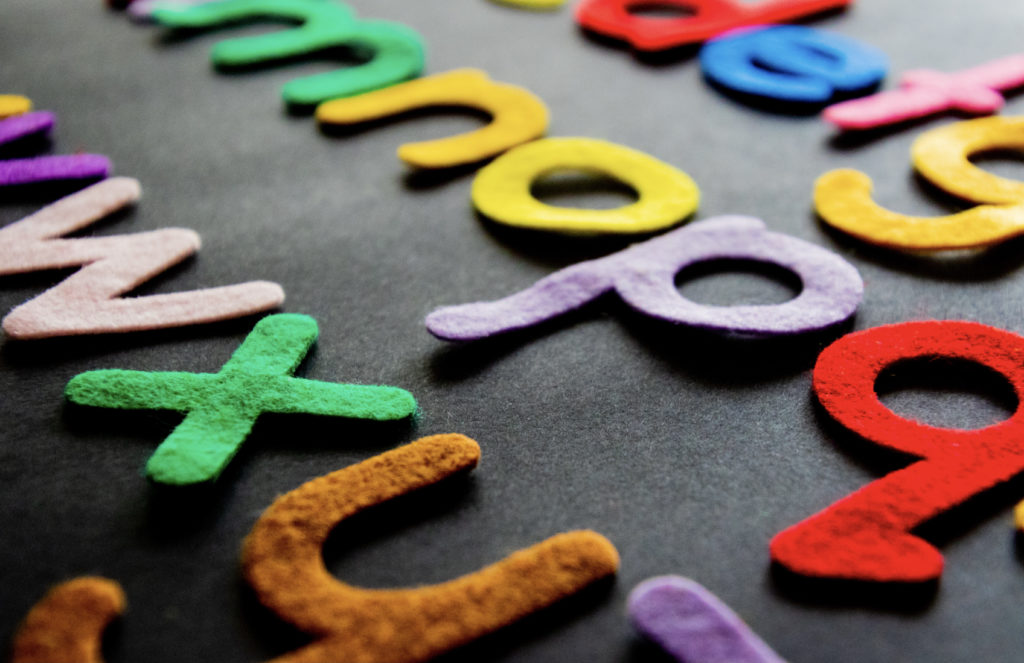What is working memory?
Working memory requires the brain to learn and manipulate new information in such a way that it can be translated into long-term memory and referenced again. It is essentially the work station of the brain: learning and filtering new information, working with that information, and then storing it for future use.
How do we identify working memory deficits?
Checklists provide a useful means for teachers to explore individual students’ working memory abilities. With these checklists, it is important to remember that each person has a unique working memory capacity. If a teacher believes a student has working memory deficits, (s)he should consult with a professional. Several subtests have been created within formalized assessments that assess a student’s working memory index.
Creating a classroom environment that supports working memory deficits
It is important that teachers provide students with a classroom environment that supports their working memory abilities so as to not induce anxiety or overload cognitive ability. Strategies for creating a conducive learning environment are attached below.
How Does This Connect To Landmark’s Teaching Principles™?
Students with language-based learning disabilities often learn best through a variety of modalities. Using several different methods of providing instruction and practice of material can assist in both the learning process and alleviating working memory demands. For the full text of the Landmark Teaching Principles™, including “Use Multisensory Approaches,” click here.



